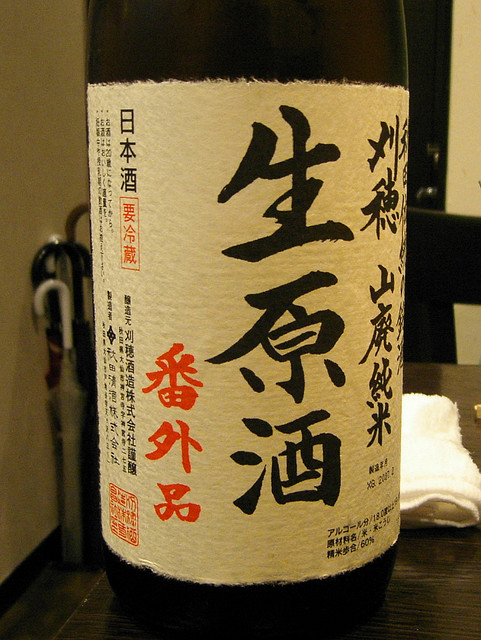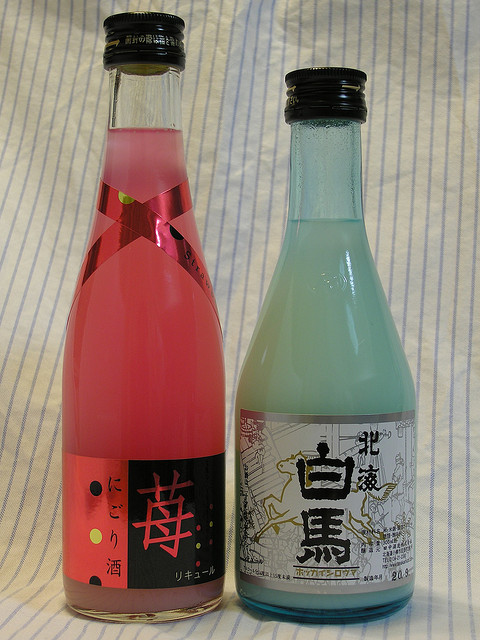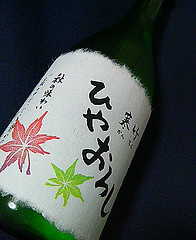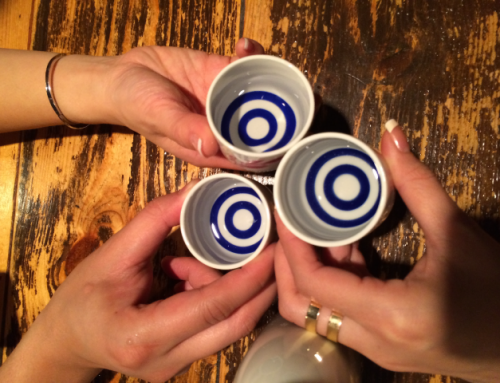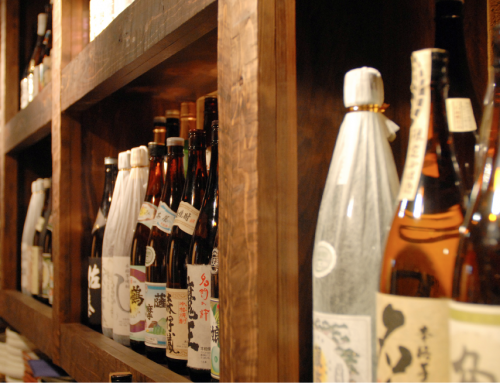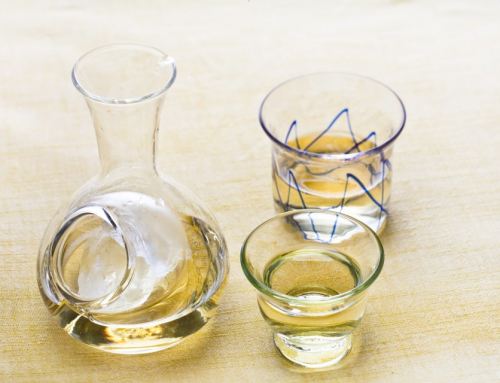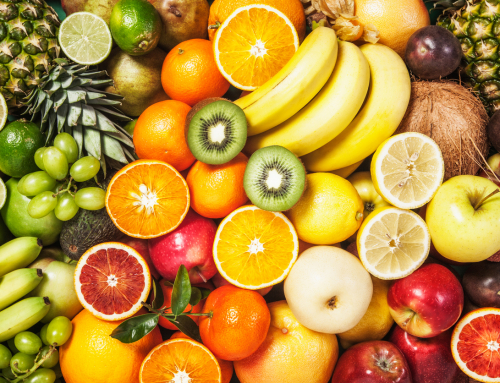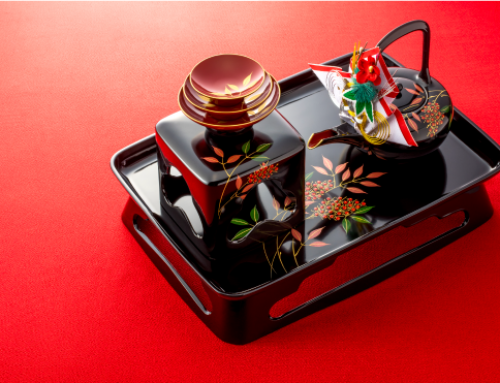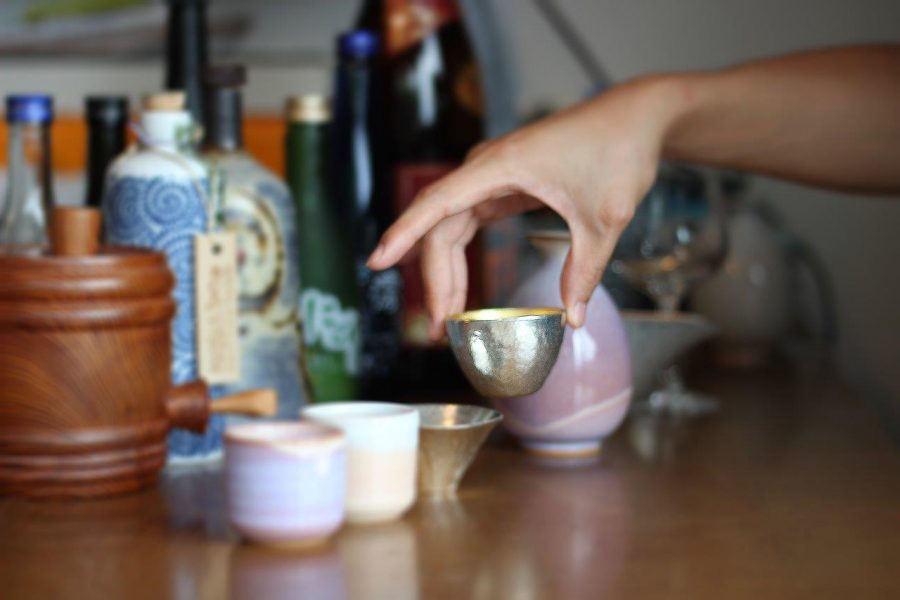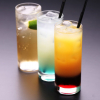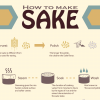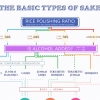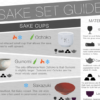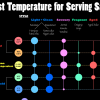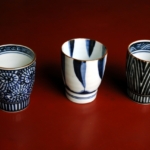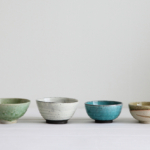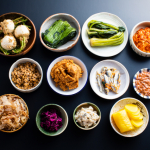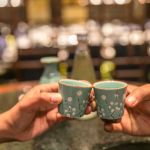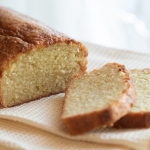Contents
Just as vegetables and seafood, Sake has the season during which it performs the best. Basically, fresh Sake like genshu (原酒), Nama-zake (生酒), etc. is the best in spring, whereas the others are in autumn.
Why does Sake perform differently depending on the seasons?
The fact that spring is the best sake season for fresh Sake and that autumn is the best for other Sakes is closely related to the traditional Sake brewing process.
Spring
Sake is fermented (i.e. made) in winter from November to March. So Sake is freshly made in spring, producing fresh aromas and tastes. Unfiltered Sake (Nigori-shu /にごり酒), unpasteurized, unfiltered, undiluted Sake (Muroka-Nama-Genshu / 無濾過生原酒), and these types of Sake are usually made in this period.
Autumn
Having gone through the heat wave in summer, in autumn Sake has gained sort of moderate flavors and aromas from ageing. Hiya-oroshi / 冷やおろし (Sake that has been aged but not pasteurized before being bottled) and Aki-agari / 秋上がり (Aged Sake sold in autumn) are the typical Sakes that are sold in this season. Aki-agari has mild, profound flavors and aromas, well served hot.
Types of Sake depending on the seasons
As mentioned above, Sake is usually fermented between November and March. Some Sakes are shipped and sold as soon as they are made, while others are sold after a certain period of ageing. Thus, Sake is called differently (e.g. Aki-agari, Nigori-shu, etc.) depending on the seasons in which they are shipped and sold, and on the brewing process they have gone through before being bottled.

